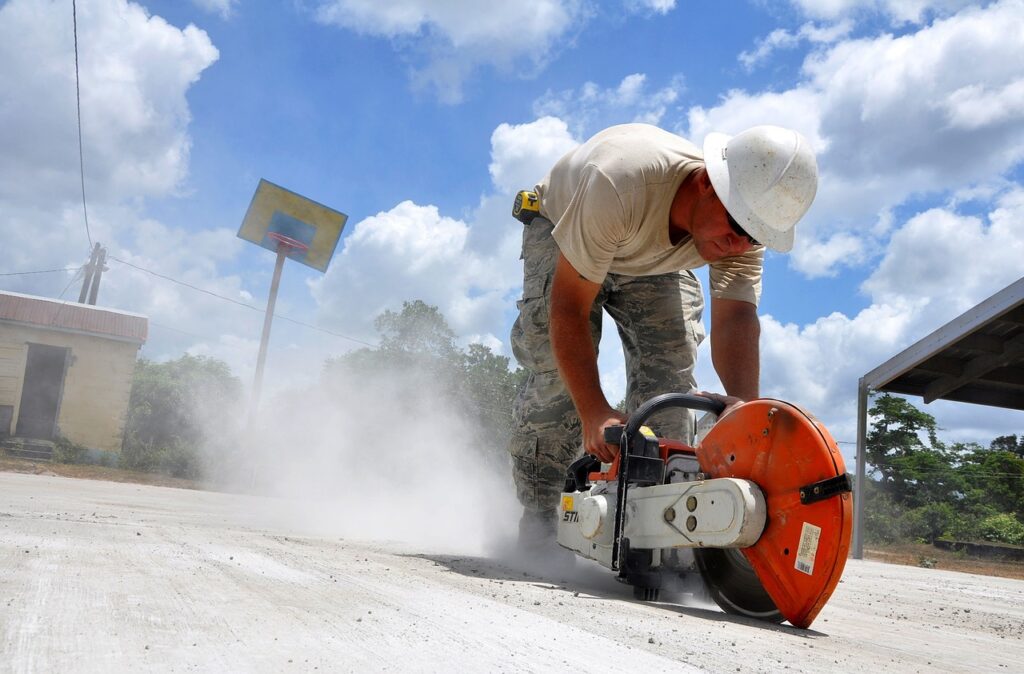Selecting the Right Industrial Vacuum Cleaner for Hazardous Dusts
We are all used to dust in our daily lives. As a result, the word ‘dust’ doesn’t make most people think of danger. But not all dust is equal. Depending on the composition of dust, it can be evastating to human health.
Protecting Your Workers
If you want your workers to be safe, they need to be able to identify hazardous dusts and more importantly, know how to deal with them. For this reason, choosing the right vacuum cleaner is essential. Here are the industry classifications of vacuums that you need to be familiar with.
L Class
L Class vacuums handle the least hazardous forms of dust. This dust mostly consists of plaster, aluminium, and general dirt and dust. Note that you can’t upgrade an L Class vacuum by just adding a better filter.
M Class
M Class vacuums handle medium hazard dust. This dust is the kind that contains particles from artificial woods such as MDF. M Class vacuums can also handle dust that contains respiratory
crystalline silica (RCS) which comes from material such as concrete & other masonry products.
H Class
H Class vacuums are for the most hazardous dust. This dust contains things like lead and other heavy metals, fumes, asbestos as well as RCS. Respiratory Crystalline Silica RCS The dangers of asbestos is well known, but RCS has been a less known hazard until recently. RCS particles are tiny, they cannot be seen with the naked eye and linger in the air long after heavier particles have sunk to the ground. There are numerous common processes on worksites that release RCS in the air. Hand-held power saws, drills, hammers, and similar tools used on rocks, brick, sandstone, cement, and other sand and clay-based materials release RCS.
Workers in the vicinity of RCS must take appropriate precautions. These precautions include proper breathing apparatus and a portable vacuum rated to handle the dust. A respirator with P1 filtration or higher, protects workers from breathing in dust. You can also control the emission of RCS-containing dust with dust extractors. If you use an extractor, you need to ensure it has either an M Class or H Class filter. You also need to set the right extraction flow and ensure all your connections are secure. You want to be sure that the extractor pulls out as much dust as possible. Water suppression systems can also control the dust by making it heavier and causing it to fall to the ground.
Every construction business has a responsibility to keep its workers safe. That means ensuring they have the right equipment and know how to use it. Choosing an industrial vacuum with the right
rating is essential for cleaning up worksites.

